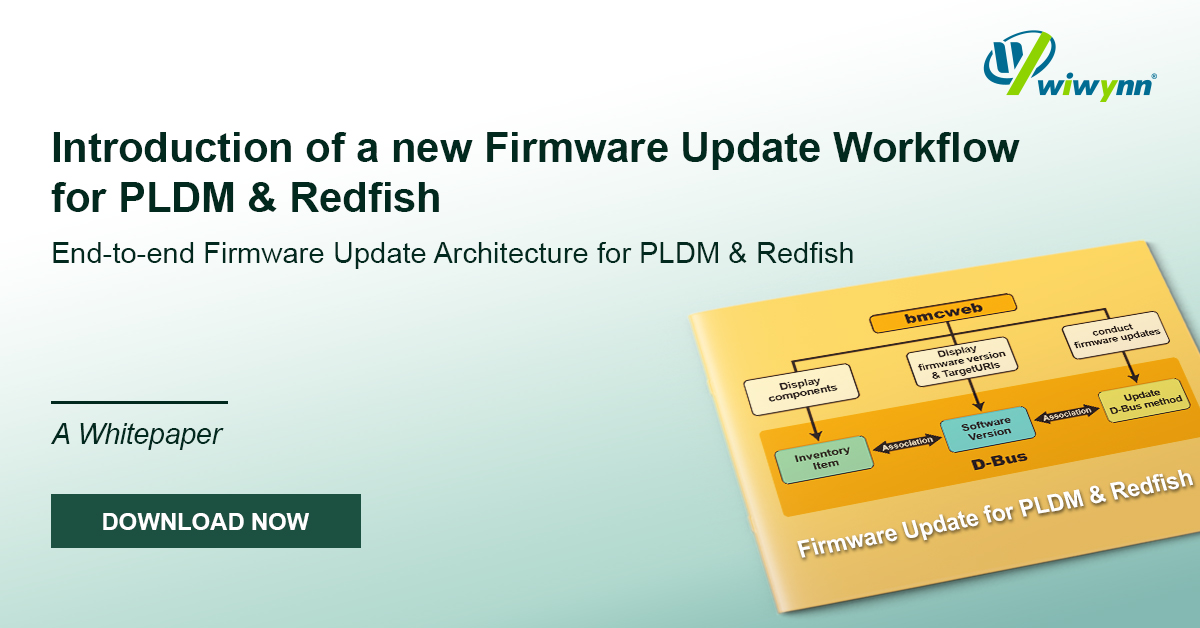1 min read
White Paper: AI Rack Management with Wiwynn UMS
This paper discusses the rapid expansion of AI workloads and the resulting transformation in data center infrastructure requirements. Traditional...
1 min read
Press
May 22, 2025 8:00:00 AM

AI and large-language-model clusters are straining the limits of traditional fat-tree and star networks. When tens of billions of parameters move across 224 Gbps links, the switch tiers, cable count, and power draw all climb sharply. Our newest white paper explains how a 3D Torus rack-level fabric trims hop counts, shortens cable runs, and reduces switch silicon while preserving the low latency and massive bandwidth required by modern XPU fleets.
Inside the paper you will find head-to-head benchmarks of 3D Torus against Fully-Connected, Tree, and Dragonfly designs under tensor- and pipeline-parallel training. Detailed latency heat maps, watt-per-teraflop savings, and bill-of-materials comparisons show why a small-diameter torus consistently outperforms sprawling Clos fabrics. The guide also covers 224 Gbps SerDes layout, efficient rack wiring, and fault-tolerant routing so that architects can scale cleanly from a single rack to exascale pods.
Do not let yesterday’s network architecture throttle tomorrow’s models. Download the full white paper today to blueprint a 3D Torus topology that accelerates training, lowers power budgets, and cuts total cost of ownership for your AI infrastructure.

1 min read
This paper discusses the rapid expansion of AI workloads and the resulting transformation in data center infrastructure requirements. Traditional...

1 min read
Firmware updates are essential for the BMC system. Each device requires a unique update flow and utilizes different transport protocols, such as I2C...

1 min read
AI clusters using next-generation accelerators (e.g., NVIDIA GB200) push rack power density beyond 130 kW, making air cooling insufficient and...